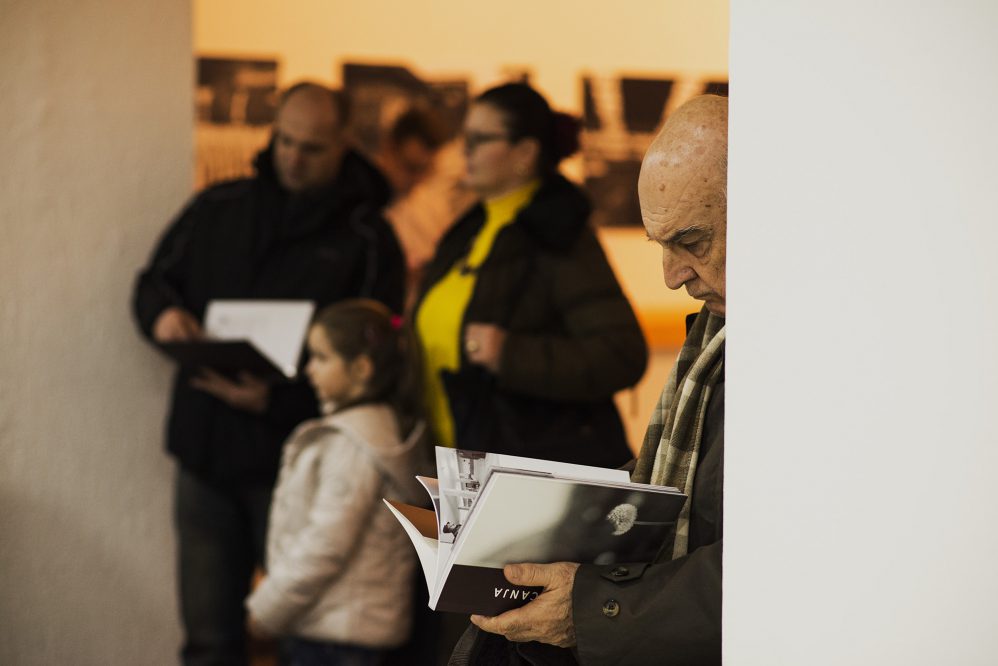Although we hear from various sources that reconciliation is impossible and that there is no readiness for dealing with the past, the exhibition “War of Memories” organised by the Centre for Nonviolent Action (Sarajevo-Belgrade) tells a different story.
The exhibition in Tuzla testifies to a readiness to engage in constructive dialogue. It is the first in the second tour of exhibitions featuring photographs of marked and unmarked sites of suffering in Bosnia and Herzegovina, which resulted from extensive research by CNA within the project of “War Monuments in Bosnia and Herzegovina since 1991”.
After being on display in Sarajevo, Mostar, Banja Luka, Bihać and Belgrade in the first tour, the second tour of the exhibition opened in Tuzla on 21 February, at the Tuzla Canton Bosnian Cultural Centre.
The second tour will present the “War of Memories” exhibition and its monograph to citizens of Bosnia and Herzegovina, Croatia and Serbia.
After Tuzla, where it will be on display until 4 March, the exhibition will go to Brčko and then to Sisak.

At the Tuzla opening, members of the Centre for Nonviolent Action (Sarajevo Belgrade), Davorka Turk and Nenad Vukosavljević, who recorded the monuments in Bosnia and Herzegovina together with Nedžad Horozović, spoke about memorialisation policy, the way we remember, attitudes towards victims, enemies and the past. They also referred to CNA’s mission to build lasting peace by promoting a culture of nonviolence that they have been pursuing for the past twenty years, with one of their primary tasks being communication with war veterans and their networking. It was precisely the encounters of veterans and joint visits to sites of suffering that gave rise to the idea of documenting memorials, monuments and unmarked sites of suffering.
The whole project aims to provide an overview of the dominant modes of memorialisation from an ethnic perspective, in the hopes of opening up the possibility to change the existing concept and thereby ensure that injustice, pain and war are never repeated.

These same wishes were also expressed by representatives of the host city, Nedžada Avdić, a delegate in the Cantonal Assembly, Jasmin Imamović, Mayor of Tuzla, and Edis Bajić, Director of the Bosnian Cultural Centre, all of whom spoke at the exhibition opening and thanked the organisers for bringing this important exhibition to the citizens of Tuzla.
The interest of the public and the media for the Tuzla exhibition is encouraging and confirms the existence of an awareness that dialogue and making connections are the basic preconditions for the reconciliation process.

The photographs are available at www.kulturasjecanja.org and the monograph summary at http://nenasilje.org/publikacije/pdf/Rat_sjecanja.pdf
Photos from the exhibition opening can be viewed here.